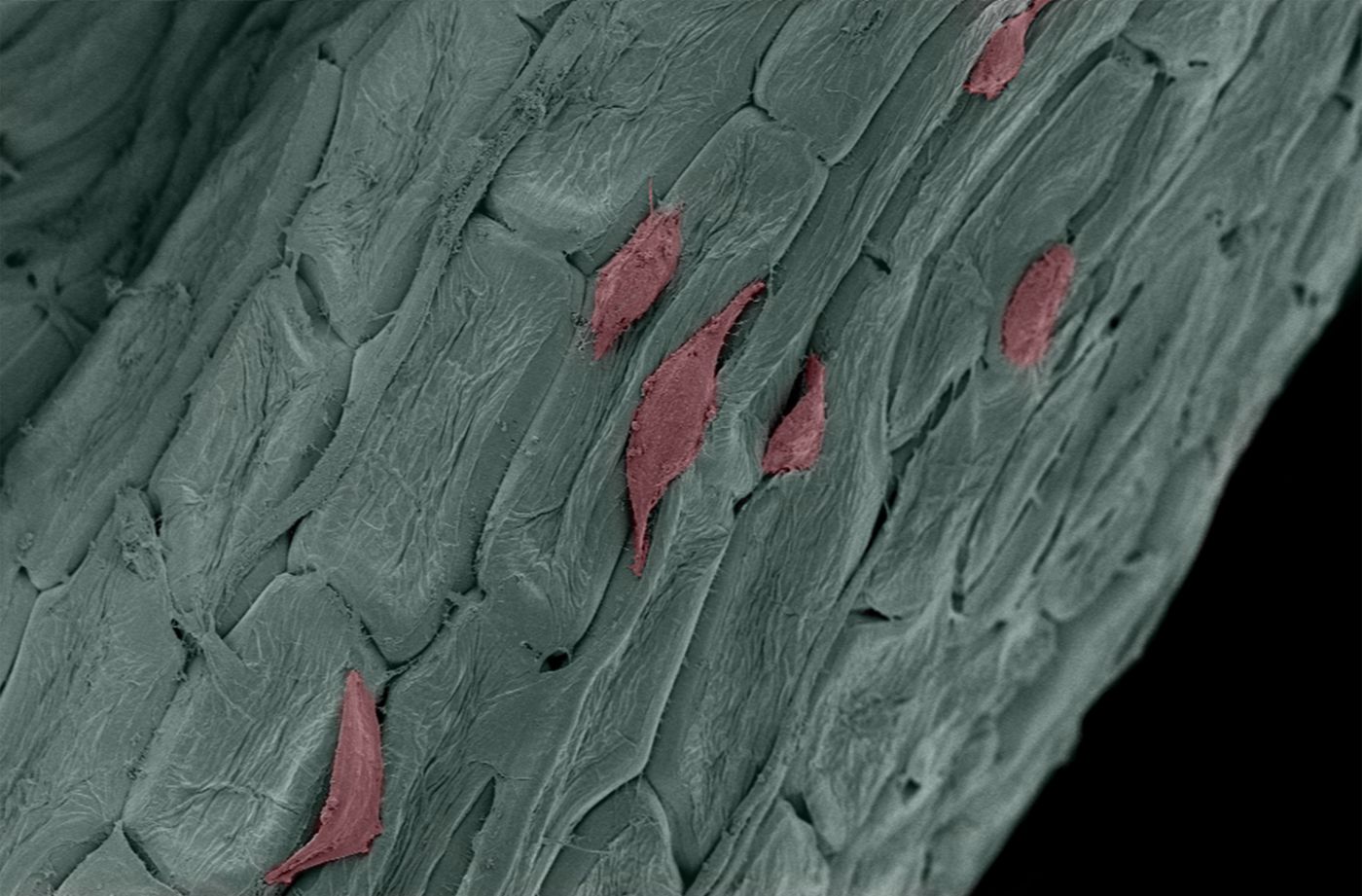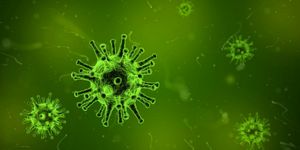Using Plant Material as Cellular Scaffolds
Nature has given people a rich resource of materials we can use for myriad purposes, and humans have turned to nature for inspiration when solving problems. Once again, nature is delivering tools and inspiration; scientists have looked to plant materials to create three-dimensional scaffolds that cells are able to grow on. That mix of scaffolding and human stem cells opens up the possibility for the manufacture of biomedical materials and implants. Reporting in Advanced Healthcare Materials, researchers led by William Murphy, a professor of biomedical engineering and co-director of the UW-Madison Stem Cell and Regenerative Medicine Center, have utilized decellularized plant husks as scaffolding.
"Nature provides us with a tremendous reservoir of structures in plants," said lead author Gianluca Fontana, a UW-Madison postdoctoral fellow. "You can pick the structure you want." Plants are ideal for use in this project for so many reasons; they come in every imaginable shape and size, they are inexpensive and easy to grow, and the structural characteristics of plants are perfect for this application. They are strong and flexible, they are porous and have a low mass and large surface area. "Plants are really special materials as they have a very high surface area to volume ratio, and their pore structure is uniquely well-designed for fluid transport," explained Murphy.
The team at UW-Madison team turned to Madison's Olbrich Botanical Gardens and curator John Wirth to determine which plant species might be good to grow at the small scale needed for biomedical applications. Parsley and orchid were identified as candidates along with bamboo, elephant ear plants and wasabi; their form and structure would likely work in the creation of scaffolds with the properties necessary for use in bioengineering.
"The vast diversity in the plant kingdom provides virtually any size and shape of interest," said Murphy, who was inspired to look to the plant world by his office window view onto UW-Madison's Lakeshore Nature Preserve. "It really seemed obvious. Plants are extraordinarily good at cultivating new tissues and organs, and there are thousands of different plant species readily available. They represent a tremendous feedstock of new materials for tissue engineering applications."
Cellulose is the primary component of cell walls in green plants; the researchers found that after stripping everything away from the plants and treating the remaining husks of cellulose with the right chemical cocktail, human stem cells could then attach and grow on the structures.
The scaffolds are seeded with stem cells that also, according to Fontana, tend to align themselves with the scaffold structure. "Stem cells are sensitive to topography. It influences how cells grow and how well they grow." That alignment onto the scaffold pattern may also allow researchers to control the structure and growth of the stem cells. That would be an important feature for any application meant for use on muscle tissues or nerves.
Murphy also noted that plant scaffolds have the added benefit of easy manipulation and manufacture. "They are quite pliable. They can be easily cut, fashioned, rolled or stacked to form a range of different sizes and shapes."
The investigators still need to try out their scaffolds in an animal model, and they plan to perform such research in the near future. "Toxicity is unlikely, but there is potential for immune responses if these plant scaffolds are implanted into a mammal," said Murphy. "Significant immune responses are less likely in our approach because the plant cells are removed from the scaffolds."
Scientists have been at work developing tissue scaffolds for awhile. You can check out MIT courseware on tissue scaffolds in the above video.
Sources: AAAS/Eurekalert! via University of Wisconsin-Madison, Advanced Healthcare Materials










